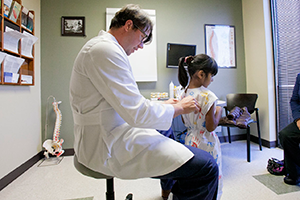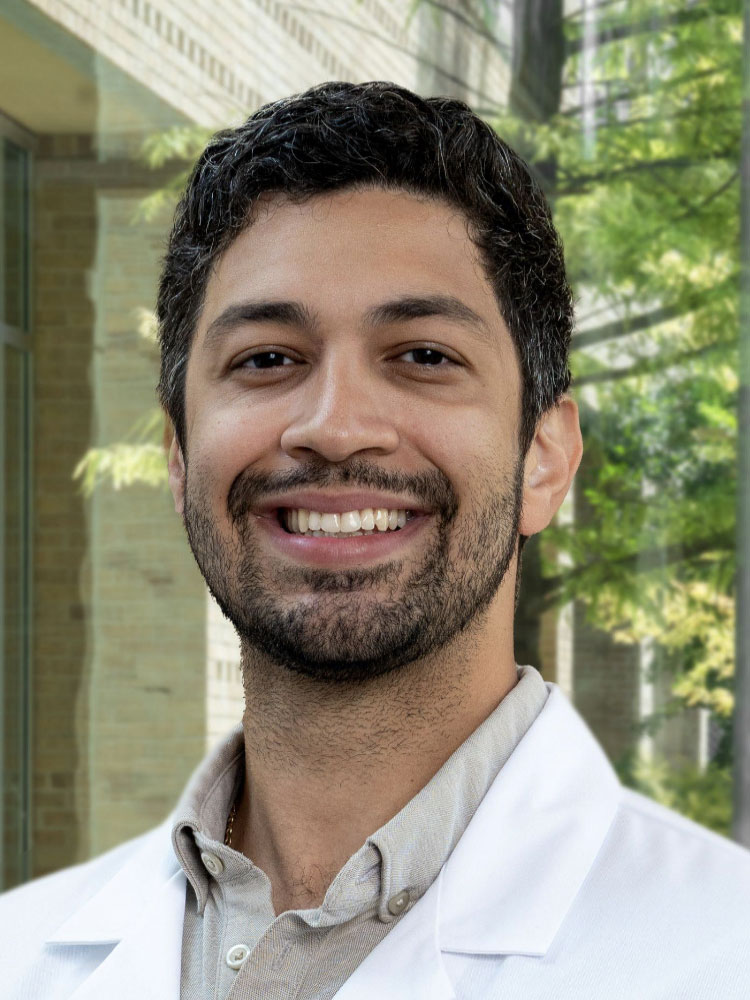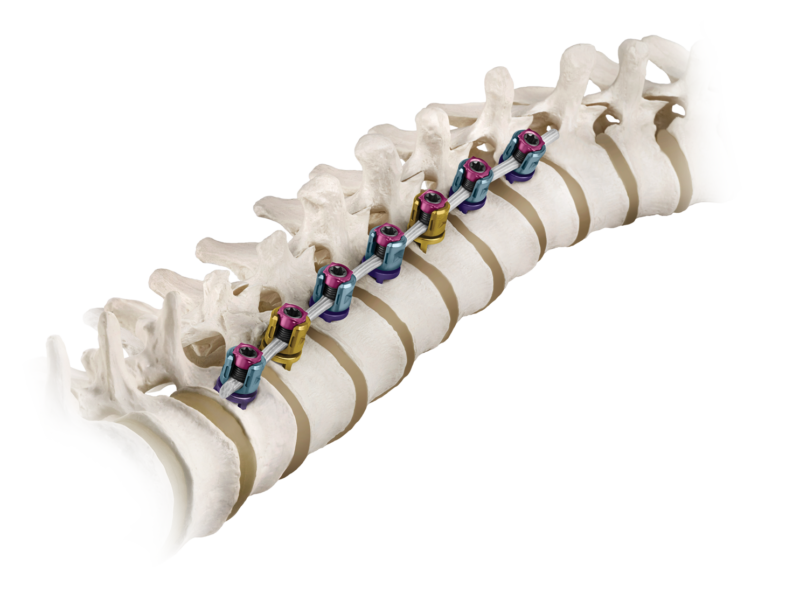
Learn more about the providers at Texas Spine and Scoliosis, the only spine specialized neurosurgery, orthopedic surgery, and non-surgical rehabilitation group in the central Texas area.
For some patients with lumbar stenosis — a narrowing of the spinal canal — walking, standing or arching backward can create pain and numbness in the legs. Traditionally the typical treatment might be a laminectomy to widen the spinal canal to relieve symptoms. In other cases a spinal fusion may be performed to address instability in the spine which is causing similar symptoms.
In 2023 the FDA (Food & Drug Administration) approved a new surgical device that provides an alternative to spinal fusion. While Medicare has decided to cover the cost of the new device as a cost effective alternative to spinal fusion, many other insurance companies often lag behind in covering new technology. So while the TOPS surgery is covered by Medicare, some patients who desire this fusion alternative may have to pay out of pocket — or argue with their insurance carrier to cover the new technology.
Even so, the most advanced spine centers of excellence in the United States, like Mayo Clinic, are being trained in this new TOPS fusion alternative and performing the surgeries for patients who are candidates for the new procedure.
While spinal fusion locks two vertebrae together permanently, the TOPS implant uses a titanium and plastic implant with hinges that preserve the natural motion of the spinal vertebrae. During TOPS surgery, the spine surgeon removes the degenerated and problematic parts of the vertebrae and inserts the TOPS implant.
| Feature | TOPS Surgery | Spinal Fusion |
|---|---|---|
| Goal | Decompress nerves and preserve motion | Decompress nerves and eliminate motion by fusing vertebrae |
| Stability | Stabilizes the spine using a mechanical device | Stabilizes the spine by fusing bones together |
| Motion at treated level | Preserved (flexion, extension, lateral movement) | Eliminated at the fused level |
| Adjacent Segment Stress | Lower (motion preserved) | Higher (due to stiffness above/below fusion) |
| Implant | TOPS™ dynamic device | Rods, screws, cages, bone grafts |
| Reversibility | Reversible (can be revised if needed) | Permanent |
| Recovery Time | Often shorter | Typically longer, depending on bone healing |
| Post-Op Pain | Often less due to no bone graft harvest | May have more pain (especially if grafts are taken from hip) |
| Long-Term Outcomes | Promising for selected patients; ongoing studies | Proven track record; widely used |
According to research conducted by the TOPS manufacturer, in a 5 year clinical trial involving 37 spine centers, TOPS had a 85% clinical success rate, compared to spinal fusion which had a 64% success rate. Clinical success included pain reduction, motion preservation and no need for a second surgery.
After surgery TOPS patients reported that they had “less stiffness and greater range of motion, like bending and when trying to put socks and shoes on.
Motion preservation is the holy grail in all types of orthopedic surgery, from knee replacement, hip replacements, shoulder replacements and more recently through artificial disc replacement in the spine that removes a herniated disc but without the need for spinal fusion that locks the vertebrae and can cause herniations later at other levels in the spine.
As with all new technology, insurance companies are often slow to cover new procedures. However, the TOPS manufacturer notes that is changing now as some patients who go through a long appeals process are able to get their insurer to agree to pay for the new surgery. As with any new procedure, there is an unknown about the lifespan of the TOPS implant after 10 to 20 years and revision surgery could be complex.
At Texas Spine and Scoliosis, Dr. Alex Cruz is trained in the TOPS surgery. To learn if you are a candidate, or want to learn more about treatment options for stenosis, complete the appointment request form below.
| Pros | Cons | |
|---|---|---|
| Tops Surgery | Preserves motion at the treated level | Newer technology (not as long a track record as fusion) |
| Reduces chance of adjacent segment degeneration | May not be available at all surgical centers | |
| Less invasive than fusion in some cases | Limited to specific conditions (e.g., Grade 1 spondylolisthesis) | |
| Reversible and can be converted to fusion if needed | Insurance coverage may be variable | |
| Spinal Fusion | Very well-established | Loss of motion at fused level |
| Effective for severe instability or deformity | Increased stress on neighboring spinal segments | |
| Can be used across a wide range of spinal pathologies | Longer healing time due to bone graft fusion |
It depends on the patient.
| TOPS Surgery | Spinal Fusion |
|---|---|
| You have moderate stenosis and mild instability (Grade 1 spondylolisthesis) | There's severe instability, deformity, or multi-level disease |
| You want to preserve motion and reduce future issues at nearby levels | You're not a candidate for newer implants |
| You're a candidate for motion-preserving technology | Long-term follow-up data and predictability are important |

Board-Certified Orthopedic Surgeon
Fellowship-Trained Spine Surgeon
Dr. Alex Cruz is a board-certified orthopedic spine surgeon with sub-specialty training in spine surgery. Dr. Cruz has expertise in minimally invasive and motion preservation procedures of the neck and back, including artificial disc replacement in the neck and low back. Before joining Texas Spine and Scoliosis in Austin in 2024, Dr. Cruz had an active spine surgery practice at Texas Orthopedics in Austin for three years.
Dr. Cruz completed medical school at University of South Florida Morsani College of Medicine, and completed his residency at Baylor College of Medicine in Dallas. He then completed a fellowship in spine surgery at the University of Wisconsin-Madison in 2021. He also completed an AO Trauma Fellowship at the Korea University in Seoul, South Korea in 2019. A fellowship is the highest level of medical education in the United States.
Texas Spine and Scoliosis is a regional referral center for the treatment of back and neck pain and scoliosis

Learn more about the providers at Texas Spine and Scoliosis, the only spine specialized neurosurgery, orthopedic surgery, and non-surgical rehabilitation group in the central Texas area.
 Texas Spine & Scoliosis approved for the new BRAIVE scoliosis tethering study
Texas Spine & Scoliosis approved for the new BRAIVE scoliosis tethering study

Read about various patient success stories that have been performed by the physicians at Ascension Texas Spine & Scoliosis